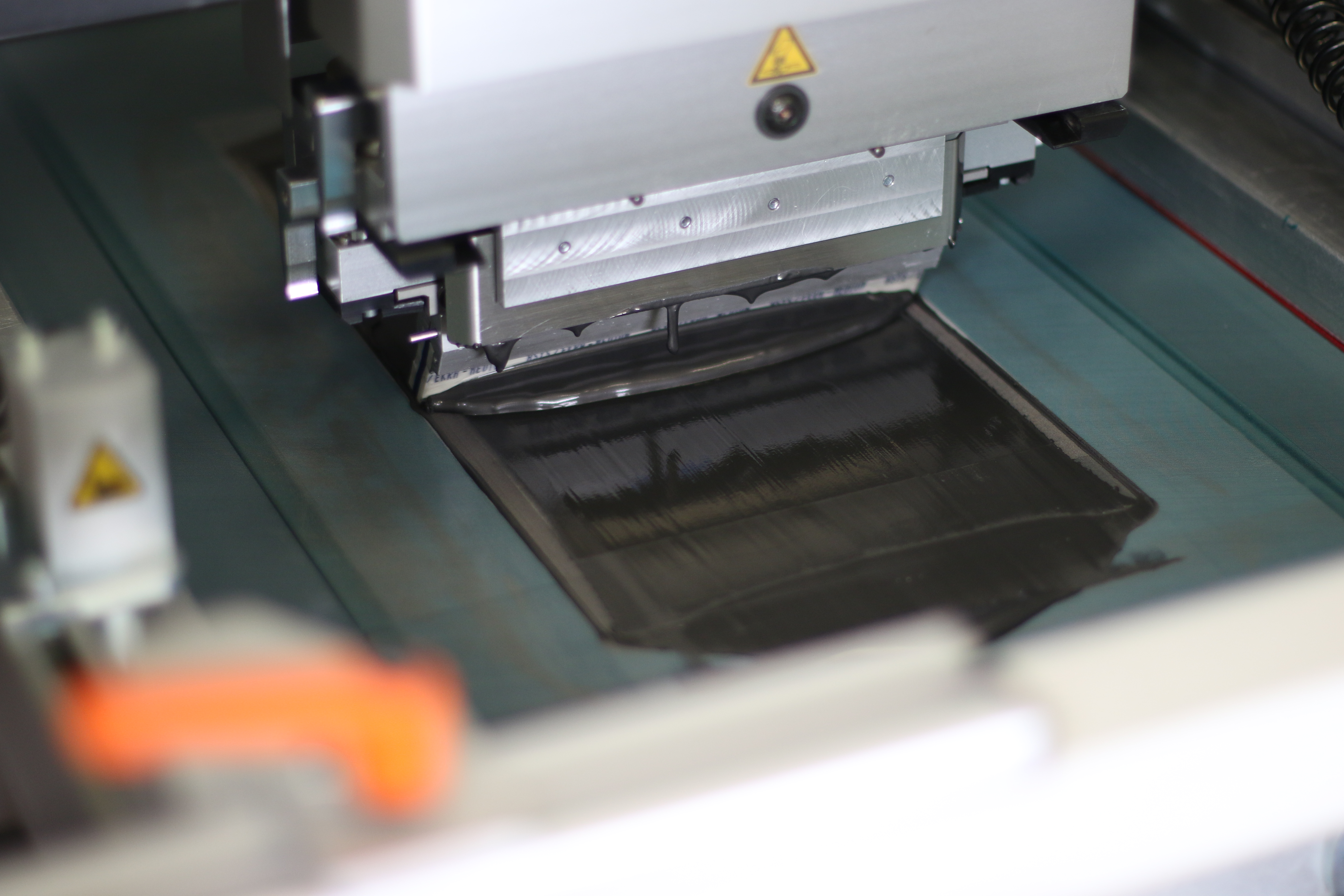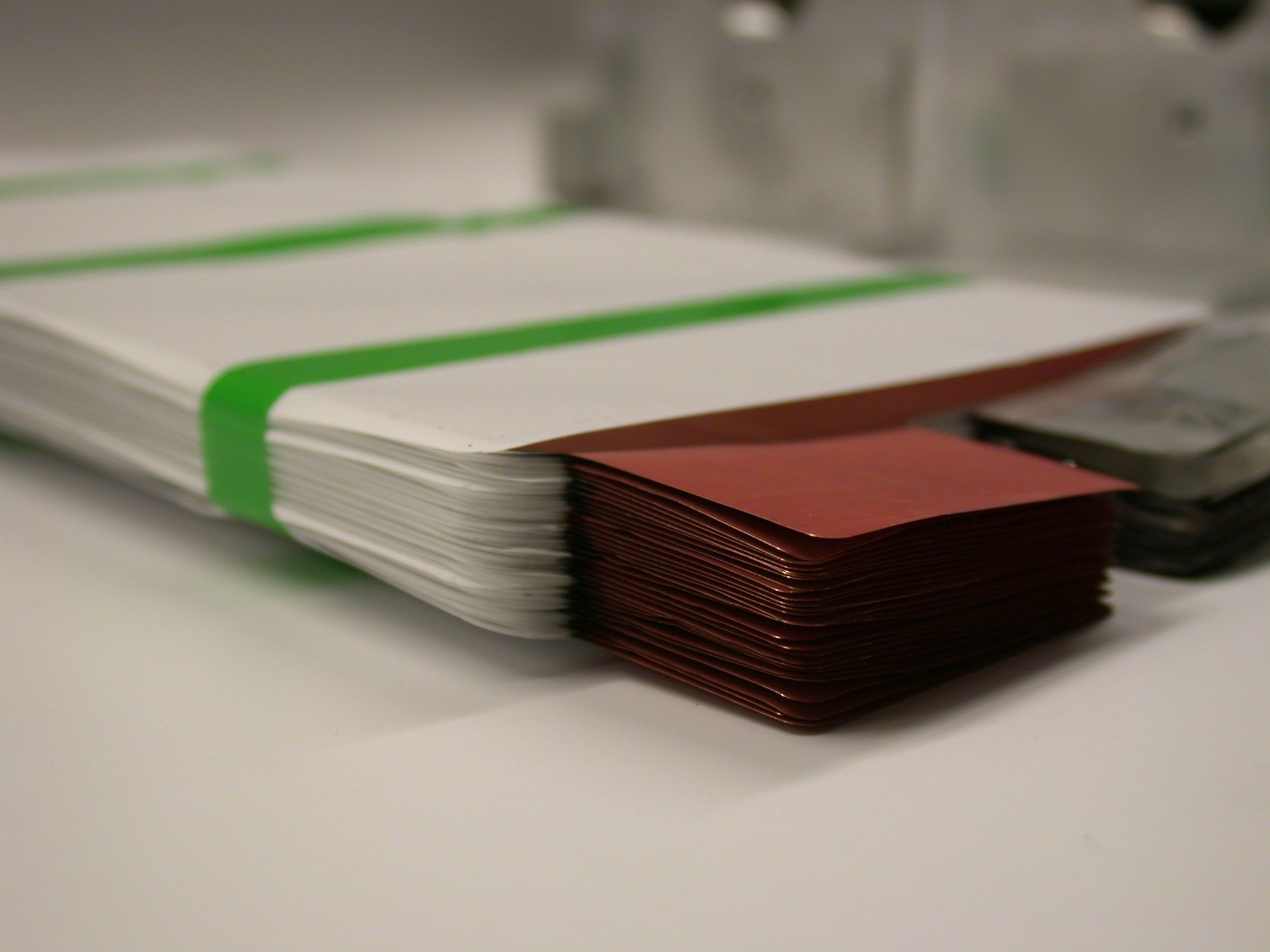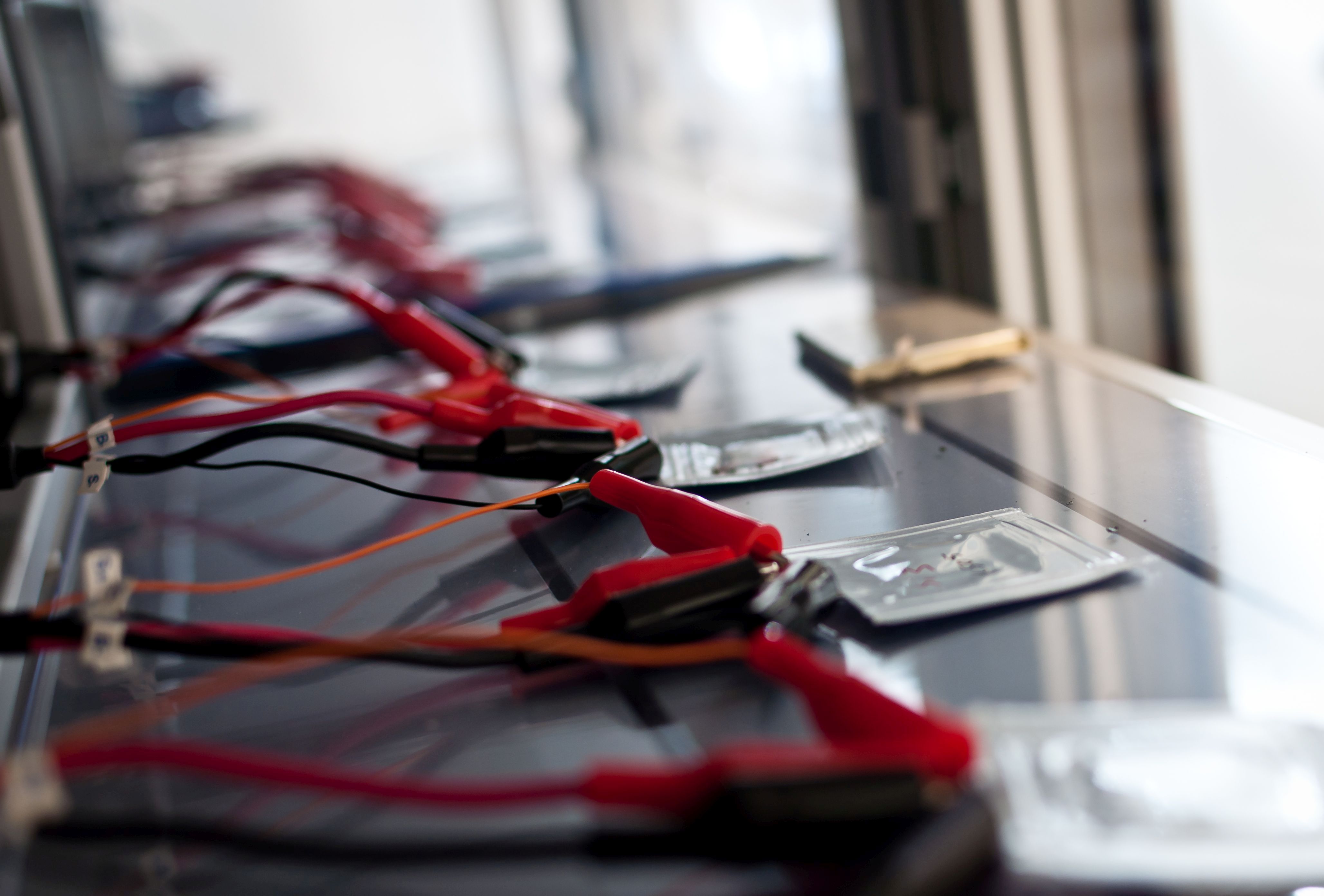Battery manufacturing using 2D and 3D printing processes


Manufacturing technology for batteries of the future: With the aid of the screen printing process, Fraunhofer IFAM offers alternatives for battery production. New manufacturing concepts allow higher active material loads and greater freedom in electrode design. Completely printed batteries help on the one hand to break free from the limitations of current manufacturing technology and on the other hand to reduce the use of solvents and subsequent drying processes. Fraunhofer IFAM combines battery expertise with profound know-how in additive manufacturing.
Green battery of the future
The topic of energy storage is currently as present as never before. The greatest challenges include increasing the specific energy density or improved environmental friendliness through the use of alternative materials and improved recycling. In order to meet these challenges, Fraunhofer IFAM is researching and developing environmentally friendly energy storage technologies and processes, as well as solid-state batteries, which are produced using new manufacturing techniques such as multiple printing using screen printing. Prototypes of additively manufactured batteries have already been developed.
Using that manufacturing route, thicker electrode layers can be produced at Fraunhofer IFAM compared to conventional electrode manufacturing, allowing higher energy densities to be realized. Furthermore, the near-net-shape printing enables new electrode designs and higher filling degrees with reduced amount of solvent can be achieved. The manufacturing process is thus not only suitable for prototype construction, but also enables application-specific "battery production-on-demand". Another important research focus of Fraunhofer IFAM is the development of new printing pastes based on more environmentally friendly nickel- or cobalt-free materials as well as water-based formulations.
Additive manufacturing processes for battery production
Our experts have extensive know-how in paste production for printed electrodes. This includes the selection of suitable materials (active materials, conductive additives, binders, rheology additives, solvents), the formulation of the paste according to the individual, specific requirements of the application of the battery cells to be produced and the homogenization of the pastes by means of suitable dispersion processes (e.g. Dispermat, three-roll mill or extruder).
The screen printing process represents one possibility for the production of thick electrode layers. Depending on the type of electrode to be produced with the corresponding electrode material and current collector substrate, the printing process parameters are optimized at Fraunhofer IFAM. These include the screen design, the type of mesh, the squeegee angle and pressure used, the printing mode, or the printing speeds.
 Fraunhofer Institute for Manufacturing Technology and Advanced Materials IFAM
Fraunhofer Institute for Manufacturing Technology and Advanced Materials IFAM

